Canellaceae, also known as the canella family, has an interesting story. This botanical family consists of 2 genera, Canella and Cinnamodendron. One fascinating fact about Canellaceae is that they are native to tropical regions, such as the Caribbean and Central and South America.
The members of this family are known for their aromatic properties. The bark of the Canella genus has been used for centuries for its medicinal and culinary properties. It has a warm, spicy flavor similar to cinnamon, which led to it being called “wild cinnamon.”
However, the most intriguing aspect of Canellaceae is its unique reproductive strategy. The flowers of this family produce a sweet, fragrant odor that attracts insects for pollination. The flowers also produce nectar, which provides a reward for the insects. This evolutionary adaptation ensures the pollination and propagation of Canellaceae plants.
Overall, Canellaceae is not just a botanical family but also a source of aromatic spices and a unique reproductive strategy. Its captivating story highlights the wonders of nature’s diversity and the intricate relationships between plants and insects.
Picture
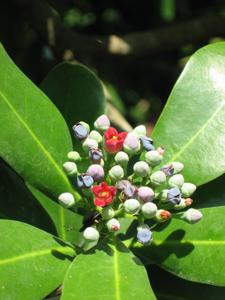
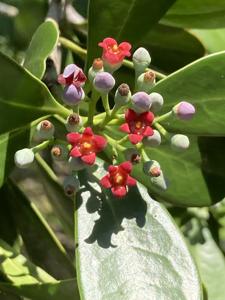
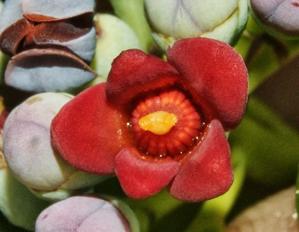
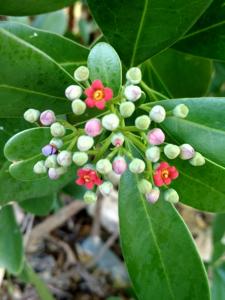
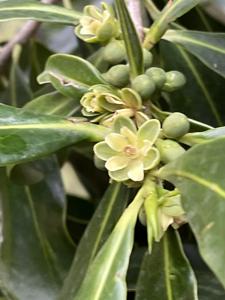
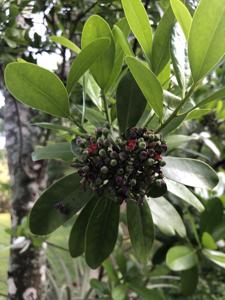
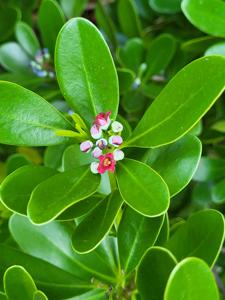
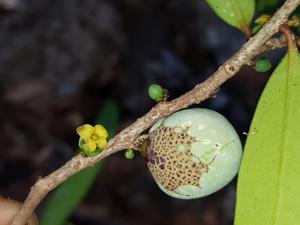
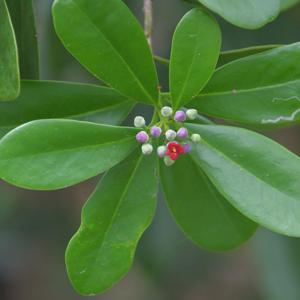
Plant some seeds now!
Short Description
The Canellaceae are a family of flowering plants in the order Canellales. The order includes only one other family, the Winteraceae. Canellaceae is native to the Afrotropical and Neotropical realms. They are small to medium trees, rarely shrubs, evergreen and aromatic. The flowers and fruit are often red.
Several species of Canellaceae are important in herbal medicine or as a substitute for cinnamon, which is obtained from genus Cinnamomum in family Lauraceae. Canella winterana is the only species known in cultivation.
The family is divided into five genera, but studies of DNA sequences have indicated one of these genera should be split. These genera together comprise about 25 species. In the Greater Antilles, many of these species are rare and restricted to small ranges. As of 2008, five of the species were newly recognized and not yet named.
Description
Some common properties include:
These trees, rarely shrubs, are evergreen and glabrous.
The stems have nodes with three (rarely two) leaf gaps and three leaf traces. The xylem has narrow rays. The bark is aromatic, with prominent and unusual appearing lenticels.
The leaves have a peppery taste, are alternate, spiral, or distichous in arrangement, simple, entire, coriaceous, petiolate, pinnately nerved, without stipules, with translucent (pellucid) glands. The parenchyma is without palisade layer in Pleodendron and Canella. The stomata are paracytic in American genera, and anomocytic in the Old World.
The inflorescences are terminal or axillary, in a panicle (Canella) or a raceme; otherwise, the flowers are solitary (by reduction) and axillary.
The flowers are actinomorphic, hypogynous, and usually trimerous. The receptacles are barely excavated, and the hypogynous disc is absent.
The three (rarely 2) sepals are thick, coriaceous, and imbricate.
The petals number (4-)5-12, in 1-2 (-4) unlike whorls or spirally arranged, slender, imbricate in bud, usually free (connate at the base in Canella and halfway to the apex in Cinnamosma).
The androecium is monadelphous, adnate to the ovary. Stamens number 6-12, apparently derived from the fusion of two whorls in Warburgia and Canella. Anthers are extrorse and bithecal, with two sporangia per theca, attached to the outside of the staminal tube, and sessile; dehiscence is by a longitudinal slit, connective not projecting beyond thecae or only slightly so.
The gynoecium is syncarpous. The ovary has two to six carpels, unilocular and superior. The style is short and thick; the stigma is apical and capitate, with two to six lobes. Placentation is parietal. Ovules number from two to many in one or two rows on each of the two to six placentas; they are hemianatropous to campylotropous, bitegmic, and crassinucellate.
The fruit is a berry with a persistent calyx, with two or more seeds. Cinnamosma macrocarpa, in the Madagascan genus Cinnamosma, has the largest fruit in the family, sometimes reaching 6 cm (2.4 in) by 9 cm (3.5 in).



